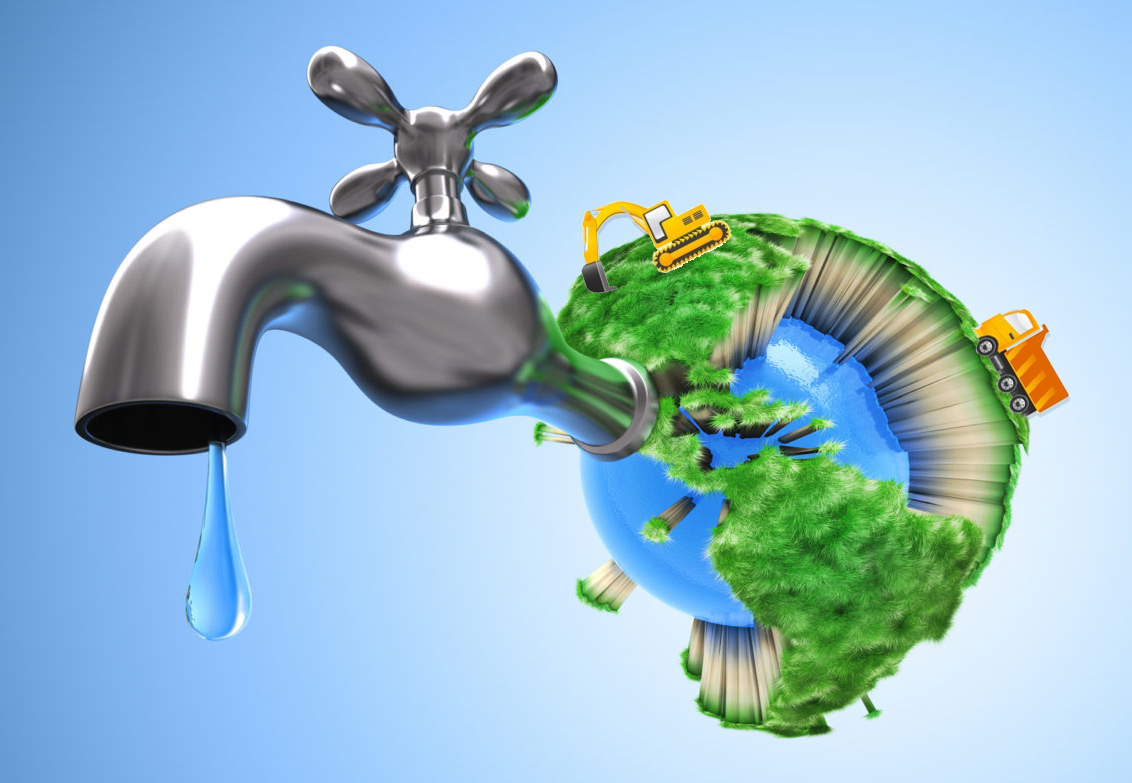Managing water usage on construction sites
Water is a precious commodity in South Africa and climate change is placing increasing pressure on our country’s already constrained water resources. But while there has been much discussion about the role of green buildings in reducing carbon emissions, the preservation and efficient use of water in construction is often overlooked, says Databuild CEO Morag Evans.
“The construction industry consumes a considerable amount of water in its day-to-day operations, using it at every stage of a project’s lifecycle. Unfortunately, many construction companies do not have adequate measures in place to reduce excessive water consumption, resulting in millions of litres going to waste.
“Consequently, the industry needs to carefully examine its water usage practices and identify ways to minimise water wastage.”
Among the main contributors to onsite water consumption are dust suppression activities, hydro-demolition, vehicle and equipment washing, wet trades such as bricklaying, plastering, concreting and screeding, and groundworks such as drilling and grouting.
While all these activities are integral to a construction site’s daily operations, there’s no escaping the fact that they are water-intensive, says Evans.
“Add to this that it requires an estimated average of 350 litres of water to construct a one-square-metre wall, and it becomes clear that construction companies need to adapt their current water practices and use water more wisely to ensure the sustainability of this essential resource.”
Drive awareness
According to Evans, water conservation should be prioritised at each stage of a construction project, including planning and design. “Everyone involved in the project must understand the importance of reducing the project’s water footprint, including their individual role in attaining this objective.
Change behaviour
Even simple changes can make a difference, Evans continues. “Tools and vehicles can be cleaned with buckets of water rather than running water, while paths and gutters can be swept clear instead of being hosed down.
“Taps, pipes and hoses should be regularly checked for slow leaks as these can lead to an enormous loss of water over time. As much as 30 litres of water an hour can be wasted from a dripping tap or leaking pipe. Multiply this by the number of taps and pipes in use on construction sites and you’re looking at a waterfall of wasted water.
“Instead of relying primarily on mains water, contractors should consider using harvested rainwater, or recycled greywater from onsite ablution facilities as an alternative source for daily onsite activities.
“Additionally, they need to make sure that waste such as soil, sand and cement slurry does not wash into drains or stormwater systems and pollute any nearby streams and rivers.”
The construction industry’s role in the national economy is undeniably important. But its contribution towards job creation and industrial development should not occur at the expense of our natural resources, especially water. The benefits of green building practices, which includes good water management, are well documented and there’s no reason why the preservation and efficient use of this life-giving resource shouldn’t rank higher on the construction industry’s environmental agenda, Evans concludes.


